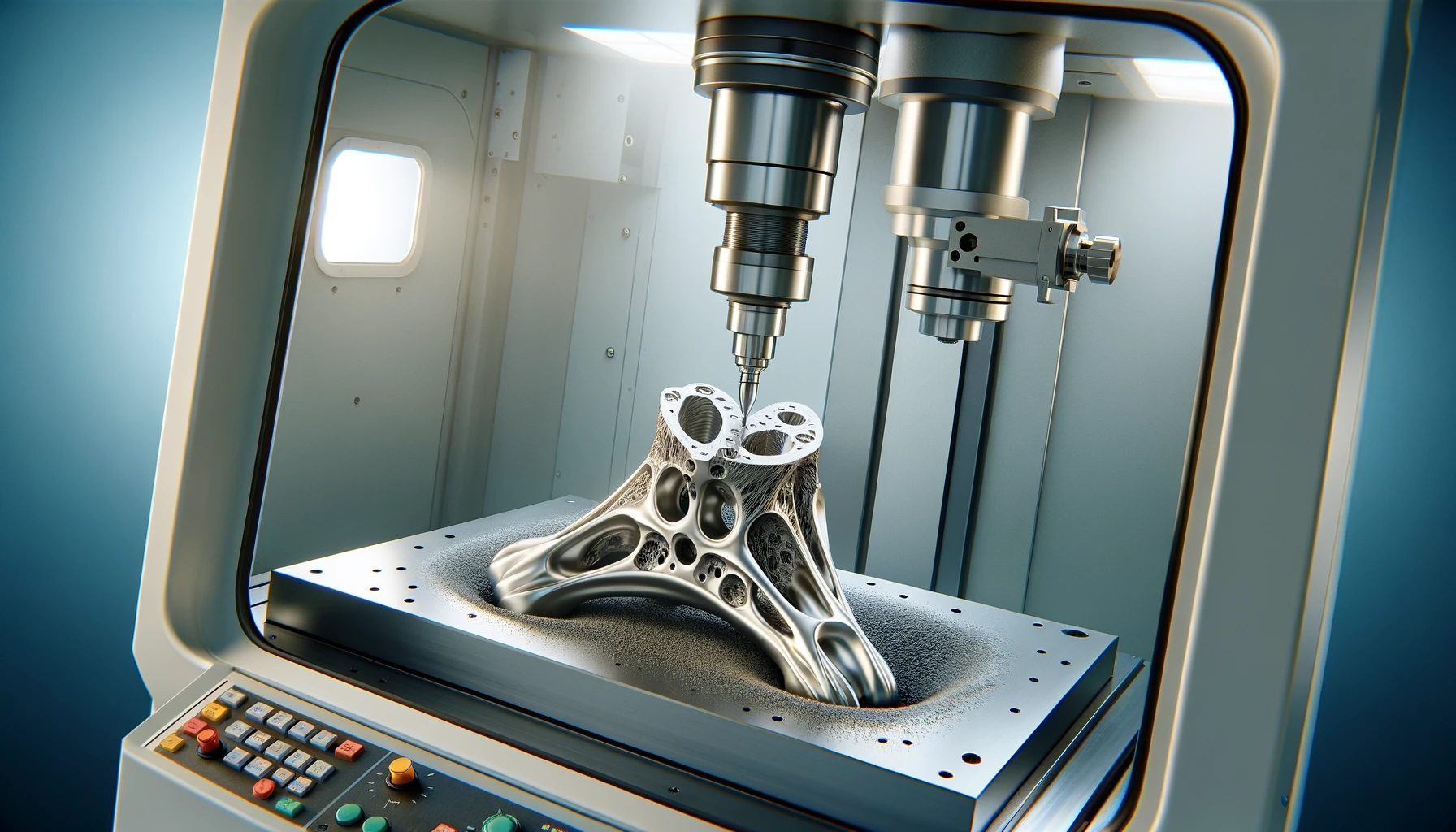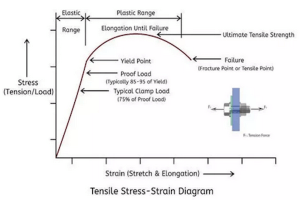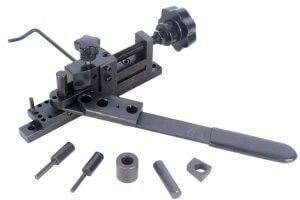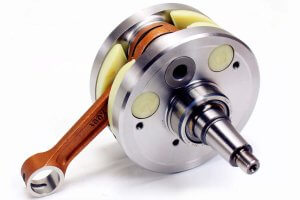Understanding Alignment Issues in CNC Machining of Complex Shapes
CNC machining is a cornerstone of modern manufacturing, renowned for its ability to produce complex and precise components. However, when it comes to machining parts with intricate geometries, alignment issues can significantly compromise the final product. To CNC machining parts, misalignment can manifest in several forms: positional errors where parts are not correctly oriented or located, angular discrepancies which refer to incorrect tilting of the part relative to the intended axis, and path deviations that occur when the cutting tool does not follow the programmed trajectory accurately. Such errors can severely impact the functionality and assembly of manufactured parts, particularly in sectors where precision is paramount, such as aerospace and medical devices. Understanding these issues is the first step towards identifying effective strategies to mitigate them, ensuring high-quality outputs in CNC operations.
What Causes Misalignment in CNC Machining of Complex Parts?
Misalignment in CNC machining can stem from a variety of sources. Mechanical inaccuracies are a common culprit, including wear and tear on machine components like spindles and lead screws, which can introduce significant errors. Software-related inaccuracies also play a role, particularly issues associated with the generation of the G-code or its improper interpretation by the machine’s firmware. These software glitches can lead to unintended movements and erroneous tool paths.
Another significant factor is the material properties. For example, materials may warp due to thermal effects or exhibit internal stresses that result in deformation during the machining process. Such material-induced misalignments are challenging as they vary between different materials and require specific adjustments for each.
Data Table: Common Causes of Misalignment and Their Impacts
| Cause | Type | Impact on Machining Accuracy |
|---|---|---|
| Spindle wear | Mechanical | Radial run-out increases |
| Backlash in lead screws | Mechanical | Positional inaccuracies |
| Software rounding errors | Software | Path deviations |
| Material warping | Material | Dimensional inaccuracies |
| Thermal expansion | Material | Changes in part geometry |
This table illustrates how different sources of errors influence the machining process, highlighting the need for comprehensive strategies to address each type.
How Can Tool Calibration Improve Alignment Accuracy?
Tool calibration is a critical process in maintaining high precision in CNC machining. It involves adjusting and verifying the geometric accuracy of the machine and its tools to ensure optimal performance. Regular calibration routines can significantly reduce the occurrence of misalignments caused by tool wear or machine drift.
The calibration process typically involves technologies like laser measurement systems and touch probes, which provide high accuracy in measuring tool dimensions and positions. These technologies facilitate minute adjustments that can markedly improve machining accuracy.
Case Study: Aerospace Turbine Blade Manufacturing
A leading aerospace manufacturer faced recurring alignment issues in turbine blade production. Implementing a rigorous calibration protocol using advanced laser measurement systems enhanced their machining accuracy. Calibration adjustments reduced alignment errors from 0.1 mm to 0.02 mm, leading to a 50% decrease in rework and notably faster fit-up times.
Data Table: Calibration Impact on Machining Accuracy
| Metric | Pre-Calibration | Post-Calibration | Improvement |
|---|---|---|---|
| Alignment Error (mm) | 0.1 | 0.02 | 80% |
| Rework Rate | 20% | 10% | 50% |
| Fit-up Time | 5 hours | 2.5 hours | 50% |
This detailed examination of the calibration process shows its critical role in enhancing CNC machining accuracy, particularly for complex parts.
What Are the Best Practices for Setting Up Complex Parts in CNC Machines?
Proper setup is essential for minimizing alignment issues when machining complex parts. This starts with selecting the right fixtures, which must adequately support the part without introducing additional stress or distortion. For complex shapes, customized fixtures are often necessary to maintain proper orientation and stability throughout the machining process.
Key Steps for Effective Setup:
- Initial Preparation: Thoroughly clean and prepare the machine bed, checking for any debris or residual material that might affect the part placement.
- Fixture Design and Customization: Design fixtures that specifically cater to the unique geometries of the part, ensuring they provide adequate support and access for the tools during machining.
- Consistency and Repeatability: Develop standardized procedures for setups to ensure consistency across multiple production runs, which is crucial for maintaining quality and reducing variability in the machining process.
Efficient setup not only prevents potential alignment issues but also enhances overall machining efficiency by reducing the need for frequent adjustments and corrections.
How to Optimize CNC Machine Parameters for Better Alignment?
Optimizing machine parameters is critical for achieving precise alignment, especially when machining complex shapes. Adjustments in speed, feed rate, and depth of cut can have profound effects on machining dynamics and outcomes.
Strategies for Parameter Optimization:
- Speed: Adjust cutting speeds to balance between efficiency and precision. High speeds may cause excessive vibration and thermal distortions, affecting alignment.
- Feed Rate: Set optimal feed rates to ensure material is removed effectively without overstressing the tool or part, which could lead to misalignment or tool deflection.
- Depth of Cut: Manage the depth of cut to avoid tool overload and potential deflection, ensuring each pass removes an appropriate amount of material without compromising tool integrity or part accuracy.
Data Table: Impact of Machine Parameters on Alignment
| Parameter | Setting | Impact on Alignment |
|---|---|---|
| Speed | High | Increased vibration, possible alignment issues |
| Feed Rate | Too High | Tool deflection, alignment errors |
| Depth of Cut | Deep | Tool overload, increased deflection |
| Speed | Optimized | Reduced vibration, improved alignment |
| Feed Rate | Optimized | Balanced material removal, maintained alignment |
| Depth of Cut | Shallow passes | Reduced deflection, enhanced precision |
This table shows how different settings can affect alignment and provides a guide for setting parameters that enhance machining accuracy.
Utilizing Advanced Software to Predict and Compensate for Alignment Errors
Advanced software solutions are pivotal in modern CNC machining, particularly for predicting and compensating for potential alignment errors before they occur.
Advantages of Using Advanced Software:
- Simulation and Modeling: Software can simulate the machining process, identifying potential alignment issues and suggesting corrective actions before the actual machining starts.
- Real-Time Adjustments: Some systems can make real-time adjustments during the machining process, adapting to any observed deviations instantly.
Case Study: Automotive Engine Block Machining
An automotive manufacturer used advanced predictive software to enhance the machining of engine blocks. The software’s ability to simulate the entire machining process allowed for adjustments in tool paths and parameters ahead of production, leading to a 30% reduction in alignment errors.
Data Table: Software Enhancement Effects
| Process Aspect | Without Software | With Software | Improvement |
|---|---|---|---|
| Alignment Errors | 15% | 10% | 33% |
| Scrap Rate | 5% | 3% | 40% |
| Production Speed | 100 units/hour | 130 units/hour | 30% |
The integration of advanced software significantly improves alignment accuracy and overall production efficiency, demonstrating its value in complex CNC machining operations.
Innovative Techniques and Technologies Enhancing Alignment in CNC Machining
The continual evolution of CNC technology brings forward new methods and tools designed specifically to improve the accuracy and reliability of machining processes. These innovations are crucial for dealing with complex shapes, where traditional techniques might fall short in ensuring precise alignment.
Emerging Technologies in CNC Machining:
- Real-Time Monitoring Systems: Technologies such as laser scanning and optical sensors now allow for real-time monitoring of the machining process. These systems provide immediate feedback on the alignment and condition of the part being machined, enabling on-the-fly adjustments.
- Adaptive Control Systems: Incorporating sensors that detect cutting forces and tool conditions, adaptive control systems can dynamically adjust machine parameters in response to any deviations detected during the machining process. This capability is crucial for maintaining alignment when machining complex parts with variable material properties or intricate geometries.
Data Table: Comparison of Traditional vs. Innovative Techniques
| Technique | Traditional Alignment Accuracy | Innovative Alignment Accuracy | Improvement |
|---|---|---|---|
| Manual Setup | ±0.1 mm | ±0.05 mm | 50% |
| Standard Machine Feedback | Periodic checks | Continuous real-time monitoring | Significant |
| Parameter Adjustment | Manual | Automatic based on sensor input | More precise |
This table highlights the substantial improvements in alignment accuracy that can be achieved through innovative techniques compared to traditional methods.
Case Study: Implementing Laser Scanning in Aerospace Component Manufacturing
A prominent aerospace manufacturer integrated laser scanning systems into their CNC machining process for critical components. The real-time data provided by these systems enabled the machining centers to automatically adjust for any misalignments detected during the operation. As a result, the accuracy of component alignment improved by over 40%, and the rate of rejected parts due to alignment errors decreased significantly.
Benefits of Modern Techniques:
- Enhanced Precision: The use of advanced monitoring and control technologies allows for unprecedented levels of precision in CNC machining, vital for industries where even minute errors can be costly.
- Increased Efficiency: By reducing the need for post-machining adjustments and manual oversight, these technologies streamline the production process, leading to faster turnaround times and lower costs.
- Improved Scalability: With these systems, CNC operations can be scaled up without a proportional increase in error rates or quality degradation, supporting higher production volumes with maintained accuracy.
In conclusion, the integration of innovative techniques and technologies in CNC machining is transforming the landscape of manufacturing. By addressing the challenges of alignment in machining complex shapes, these advancements not only enhance the quality and precision of the products but also bring about significant efficiencies and cost savings. The adoption of these methods is becoming a critical factor for success in highly competitive and precision-demanding industries.
Other Articles You Might Enjoy
- The Benefits of Multi-Material CNC Machining for Complex Parts
Introduction to CNC Machining and Multi-Material Machining CNC (Computer Numerical Control) machining stands as a cornerstone in the manufacturing industry, enabling the precise creation of complex parts through automated control…
- Precision CNC Machining of Steel: High-Volume Production
Precision CNC Machining and High-Volume Production As an integral part of modern manufacturing processes, Precision Computer Numerical Control (CNC) machining brings about unmatched accuracy and consistency in the production of…
- What are the requirements for CNC machining of bearing parts?
Bearings are common and important parts in the automotive industry, which can support transmission components and transmit torque. Generally, CNC machining centers are used to process bearing parts. So what…










 Afrikaans
Afrikaans Albanian
Albanian Amharic
Amharic Arabic
Arabic Armenian
Armenian Azerbaijani
Azerbaijani Basque
Basque Belarusian
Belarusian Bengali
Bengali Bosnian
Bosnian Bulgarian
Bulgarian Catalan
Catalan Cebuano
Cebuano Chichewa
Chichewa Chinese (Simplified)
Chinese (Simplified) Chinese (Traditional)
Chinese (Traditional) Corsican
Corsican Croatian
Croatian Czech
Czech Danish
Danish Dutch
Dutch English
English Esperanto
Esperanto Estonian
Estonian Filipino
Filipino Finnish
Finnish French
French Frisian
Frisian Galician
Galician Georgian
Georgian German
German Greek
Greek Gujarati
Gujarati Haitian Creole
Haitian Creole Hausa
Hausa Hawaiian
Hawaiian Hebrew
Hebrew Hindi
Hindi Hmong
Hmong Hungarian
Hungarian Icelandic
Icelandic Igbo
Igbo Indonesian
Indonesian Irish
Irish Italian
Italian Japanese
Japanese Javanese
Javanese Kannada
Kannada Kazakh
Kazakh Khmer
Khmer Korean
Korean Kurdish (Kurmanji)
Kurdish (Kurmanji) Kyrgyz
Kyrgyz Lao
Lao Latin
Latin Latvian
Latvian Lithuanian
Lithuanian Luxembourgish
Luxembourgish Macedonian
Macedonian Malagasy
Malagasy Malay
Malay Malayalam
Malayalam Maltese
Maltese Maori
Maori Marathi
Marathi Mongolian
Mongolian Myanmar (Burmese)
Myanmar (Burmese) Nepali
Nepali Norwegian
Norwegian Pashto
Pashto Persian
Persian Polish
Polish Portuguese
Portuguese Punjabi
Punjabi Romanian
Romanian Russian
Russian Samoan
Samoan Scottish Gaelic
Scottish Gaelic Serbian
Serbian Sesotho
Sesotho Shona
Shona Sindhi
Sindhi Sinhala
Sinhala Slovak
Slovak Slovenian
Slovenian Somali
Somali Spanish
Spanish Sundanese
Sundanese Swahili
Swahili Swedish
Swedish Tajik
Tajik Tamil
Tamil Telugu
Telugu Thai
Thai Turkish
Turkish Ukrainian
Ukrainian Urdu
Urdu Uzbek
Uzbek Vietnamese
Vietnamese Welsh
Welsh Xhosa
Xhosa Yiddish
Yiddish Yoruba
Yoruba Zulu
Zulu